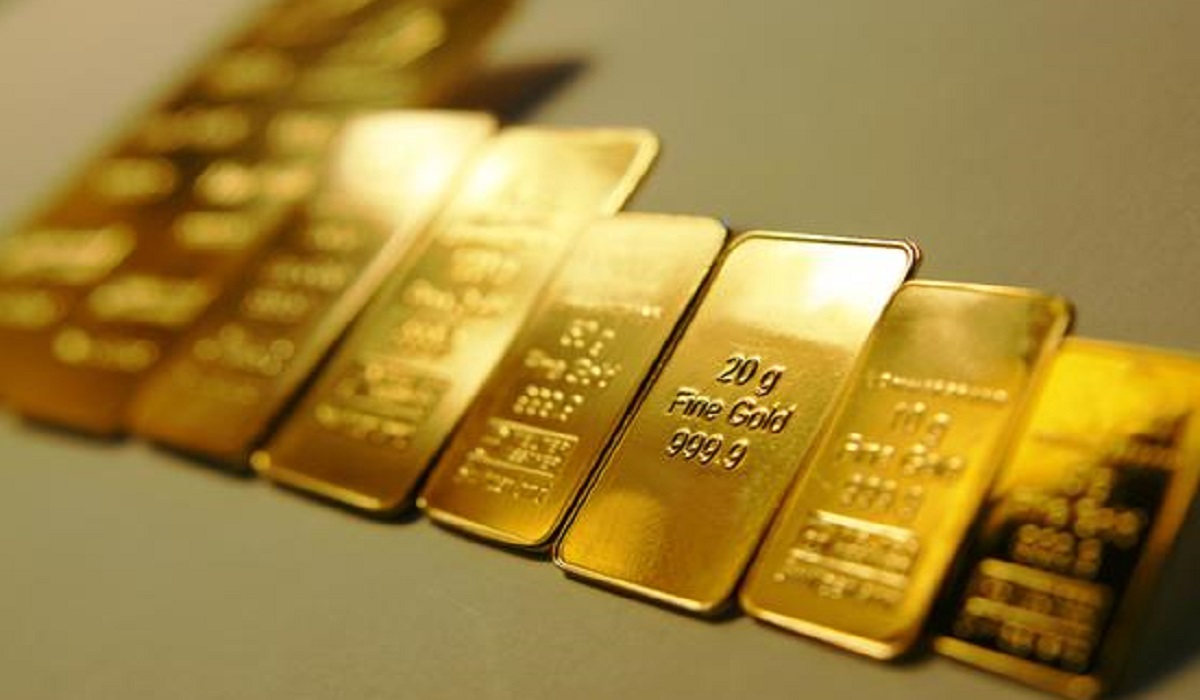What are the factors affecting the correlation between parity and gold prices?
These parities are rarely met and deviations from them are common. Factors such as inflation, interest rates, and GDP per capita can influence the deviation from parity.
It is important to note that the concept of parity is used in many other fields other than currency markets such as labor market, gender studies and many more.
There are several factors that can affect the correlation between parity and gold prices. Some of the main factors include:
-Economic conditions: Economic conditions, such as inflation and interest rates, can have a significant impact on the relationship between parity and gold prices. For example, if inflation is high, gold prices may rise because gold is often seen as a hedge against inflation. On the other hand, if interest rates are high, gold prices may fall because the opportunity cost of holding gold (i.e., the potential return from other investments) increases.
-Political and geopolitical events: Political and geopolitical events, such as war, terrorism, and natural disasters, can also affect the correlation between parity and gold prices. These events can create uncertainty and instability in the markets, which can lead to an increase in demand for gold as a safe haven asset.
-Currency fluctuations: Currency fluctuations, particularly changes in the value of the U.S. dollar, can also affect the correlation between parity and gold prices. Gold is typically priced in U.S. dollars, so a weaker dollar can make gold more expensive for buyers using other currencies, and thus can lead to a rise in gold prices.
Supply and demand: The overall supply and demand for gold can also affect the correlation between parity and gold prices. If demand for gold is high, prices will tend to rise, and if supply is high, prices will tend to fall.
Speculation: Lastly, speculation in the gold market can also affect the correlation between parity and gold prices. The gold market is affected by the speculation from traders and investors, which can cause prices to fluctuate independent of the other factors mentioned.
It’s important to note that the correlation between parity and gold prices can change over time, and may not always be consistent or predictable.
These parities are rarely met and deviations from them are common. Factors such as inflation, interest rates, and GDP per capita can influence the deviation from parity.
It is important to note that the concept of parity is used in many other fields other than currency markets such as labor market, gender studies and many more.
There are several factors that can affect the correlation between parity and gold prices. Some of the main factors include:
-Economic conditions: Economic conditions, such as inflation and interest rates, can have a significant impact on the relationship between parity and gold prices. For example, if inflation is high, gold prices may rise because gold is often seen as a hedge against inflation. On the other hand, if interest rates are high, gold prices may fall because the opportunity cost of holding gold (i.e., the potential return from other investments) increases.
-Political and geopolitical events: Political and geopolitical events, such as war, terrorism, and natural disasters, can also affect the correlation between parity and gold prices. These events can create uncertainty and instability in the markets, which can lead to an increase in demand for gold as a safe haven asset.
-Currency fluctuations: Currency fluctuations, particularly changes in the value of the U.S. dollar, can also affect the correlation between parity and gold prices. Gold is typically priced in U.S. dollars, so a weaker dollar can make gold more expensive for buyers using other currencies, and thus can lead to a rise in gold prices.
Supply and demand: The overall supply and demand for gold can also affect the correlation between parity and gold prices. If demand for gold is high, prices will tend to rise, and if supply is high, prices will tend to fall.
Speculation: Lastly, speculation in the gold market can also affect the correlation between parity and gold prices. The gold market is affected by the speculation from traders and investors, which can cause prices to fluctuate independent of the other factors mentioned.
It’s important to note that the correlation between parity and gold prices can change over time, and may not always be consistent or predictable.

